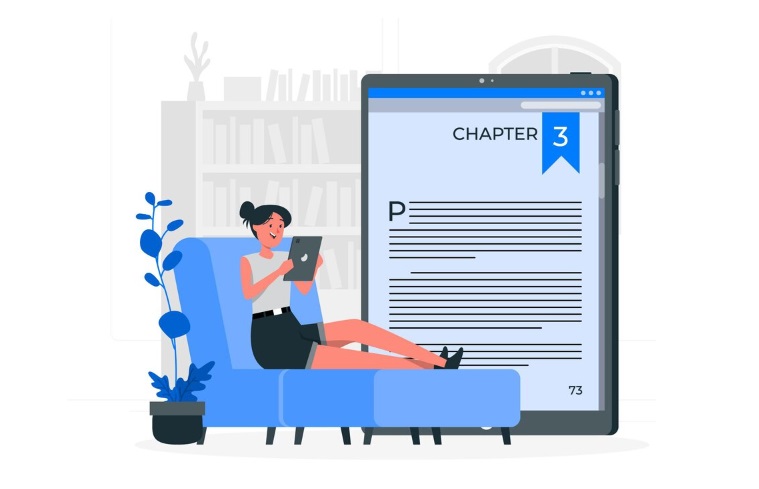
FreePik.Com
Digital reading has transformed how we interact with stories and information. From early basic formats to highly interactive e-books, the evolution of digital reading continues to expand. Start your reading adventure with z-library — your gateway to new discoveries. As more platforms arise, offering diverse choices for readers, we wonder where digital reading will go next.
Past and Present of Digital Reading Formats
The first digital formats were created to be straightforward. PDFs, once popular, served as an easy method to display text on different devices. Yet over time, the demand for dynamic experiences grew. Readers wanted more than just words on a screen. They craved interaction, multimedia, and the chance to annotate and personalize their books. Interactive e-books then became the next step, allowing for enriched engagement. As this trend continued, platforms adapted to meet these demands, offering customized libraries and curated recommendations.
Consider these emerging features in modern reading platforms:
- Interactive elements: Users can now engage with multimedia features embedded in e-books, from videos to interactive quizzes
- Customizable interfaces: Platforms offer options for adjusting text size, background color, and font, creating a personalized experience
- Annotation tools: Readers can easily mark sections, add notes, or highlight key points
- Synchronization across devices: Books can be accessed from any device, allowing seamless continuation of reading without losing progress
- Curated recommendations: Algorithms suggest books based on previous reading patterns, making the selection process easier
These advancements have redefined reading, yet with these improvements come questions about the future.
The Future of Digital Reading
As digital formats continue to evolve, some major shifts can be expected. Artificial intelligence is poised to change how books are written and read. AI tools could eventually tailor entire reading experiences to individual preferences. This would mean creating books that adapt to personal reading speeds, styles, and themes. With AI constantly learning from reader interactions, the content itself might be dynamically altered for each person.
Moreover, digital reading platforms will likely incorporate more immersive technologies. Augmented and virtual reality might soon turn static words into fully immersive environments. Imagine stepping into the pages of a novel, interacting with characters and settings as if they were real.
Another area to watch is the growth of subscription models. Services such as z library already provide free access to countless books, yet we may see an expansion of premium experiences. These would include exclusive content, interactive author-reader communities, or even custom book recommendations based on user-generated data.
The Balance Between Tradition and Innovation
Despite these exciting innovations, digital reading still faces challenges. Many readers feel attached to physical books and the tangible experience they offer. The shift to purely digital formats might not suit everyone. It is important to find a balance that respects traditional forms while embracing new ones.
The future of reading involves more than just technology. It also touches on how stories will continue to impact us. Will the rise of interactive and AI-driven formats replace the simple joy of flipping pages? Or will these new formats only enhance the way we connect with stories?


